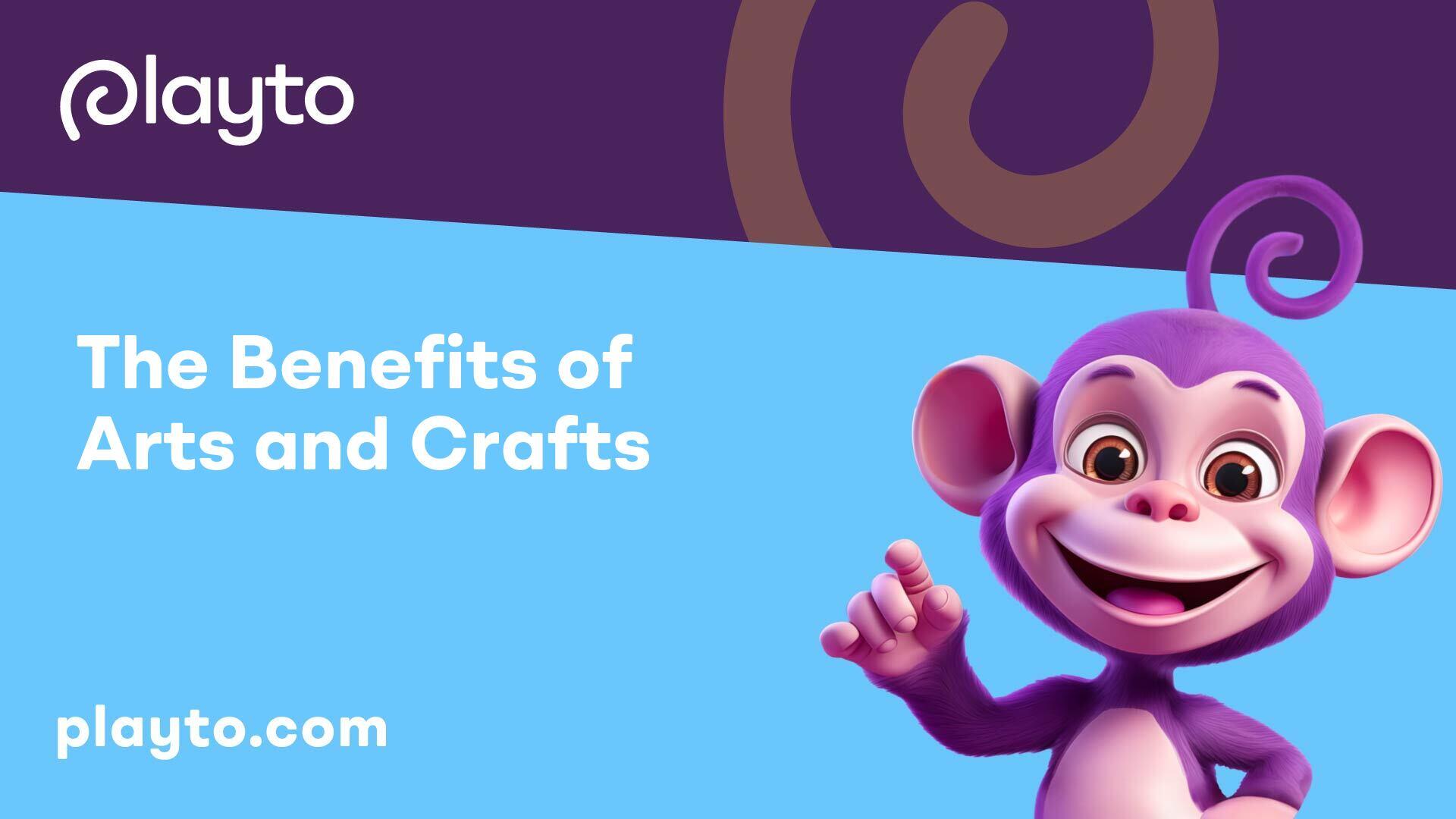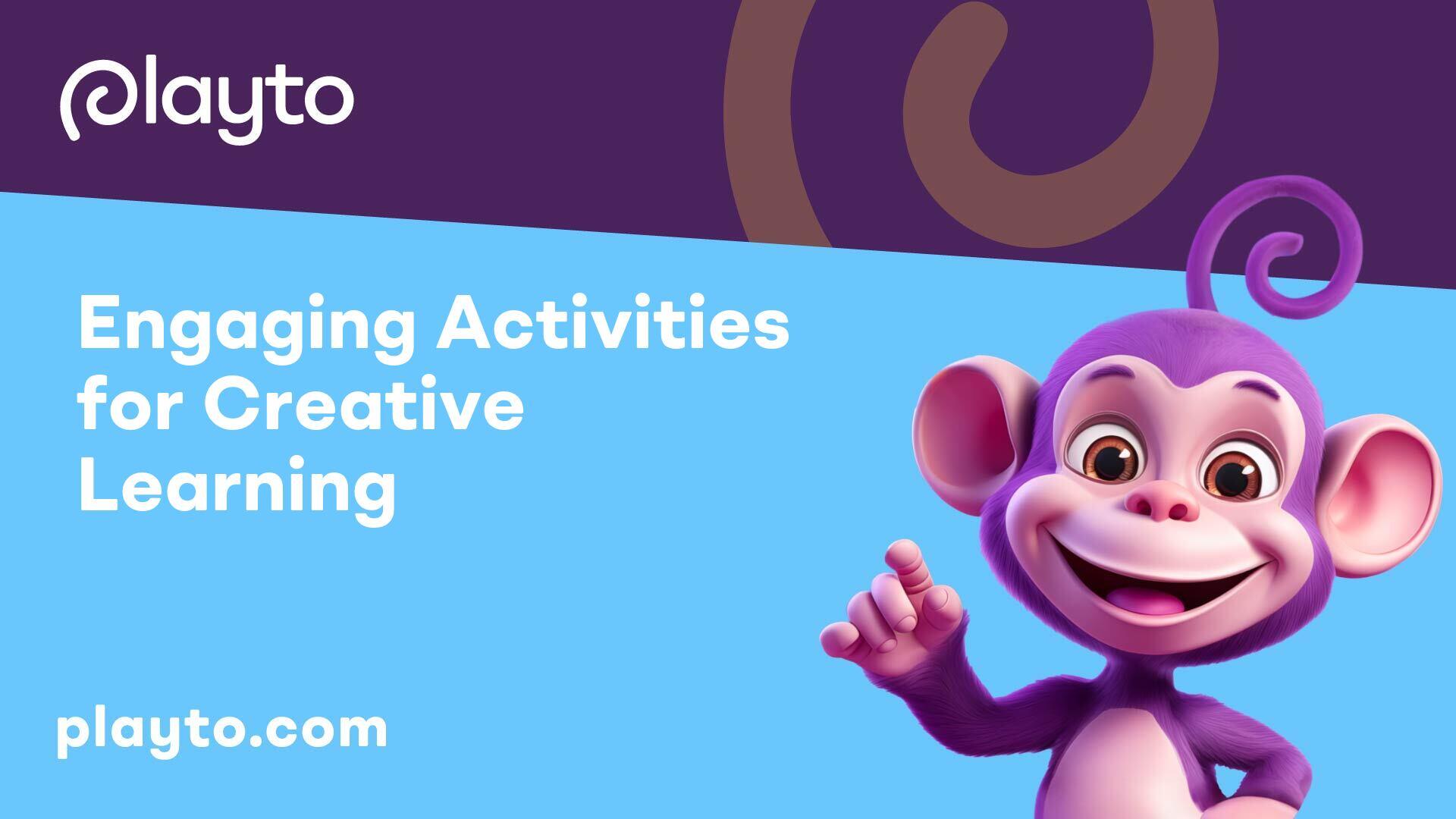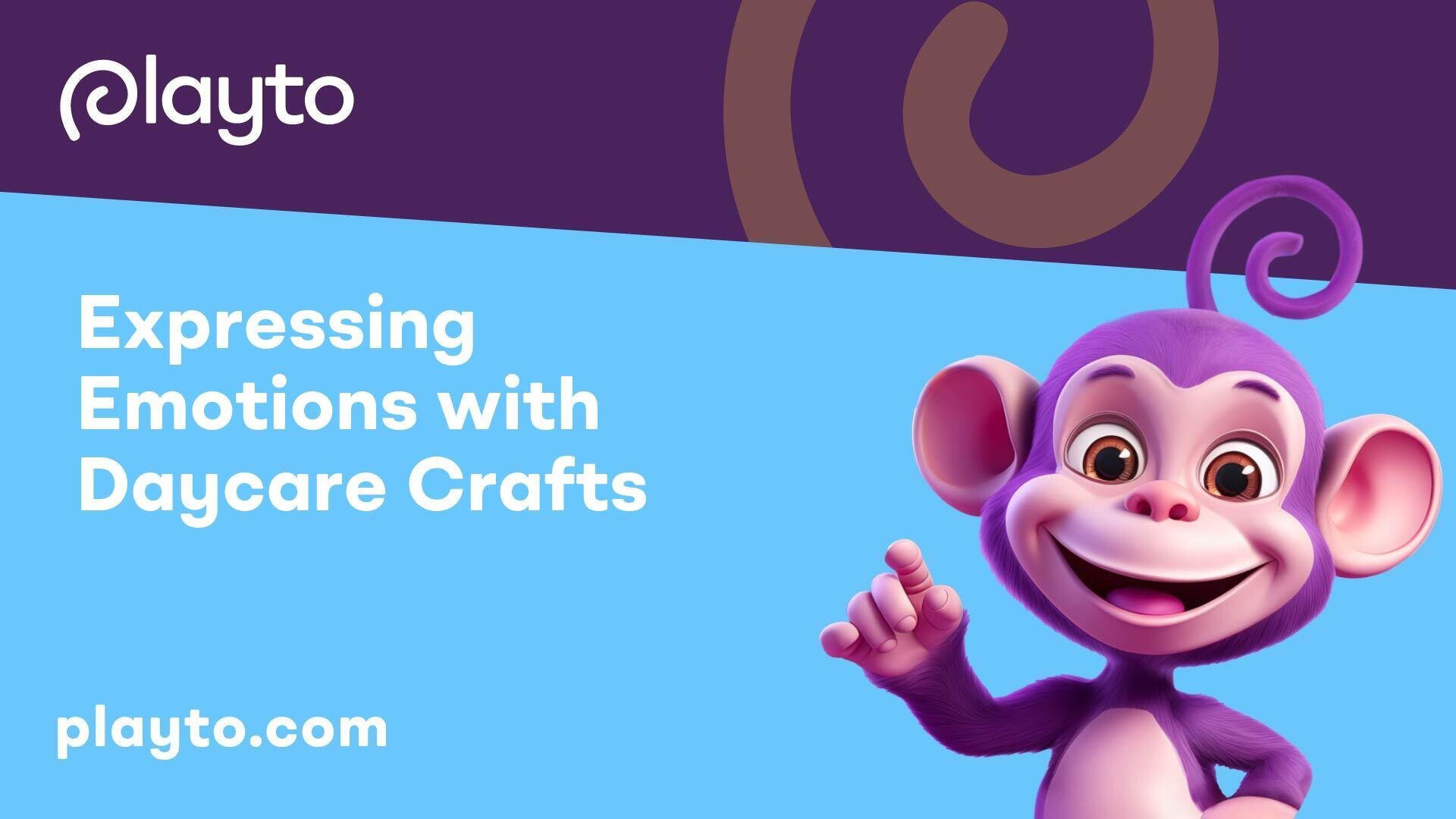
The Benefits of Arts and Crafts
Engaging in arts and crafts provides children with a unique platform to express their thoughts, feelings, and ideas in a creative and non-verbal manner, fostering a sense of individuality and self-expression. Let's delve into how arts and crafts can benefit emotional expression, focus, stress relief, as well as social skills development, patience, and resilience.
Emotional Expression Through Crafts
Craft activities allow preschoolers to express their emotions, thoughts, and experiences in a non-verbal way, promoting self-expression, emotional development, and self-identity. By engaging in artistic endeavors, children can communicate their feelings and experiences creatively, fostering a deeper understanding of their own emotions and promoting emotional intelligence.
Focus and Stress Relief
Engaging in arts and crafts helps children focus their attention, divert their minds from stressors or anxieties, and release pent-up energy and emotions constructively, contributing to stress relief and emotional regulation. By immersing themselves in creative activities, children develop a sense of mindfulness, concentration, and attention to detail, which are valuable skills in various aspects of their lives.
Social Skills Development
Participating in group crafting activities can enhance social skills such as communication, collaboration, and cooperation. By sharing materials, ideas, and experiences with their peers, children learn to interact with others, negotiate and compromise, and work together towards a common goal. Through these interactions, they develop essential social skills that are vital for building relationships and navigating social situations effectively.
Patience and Resilience
Creating art teaches children patience, perseverance, and resilience as they learn to overcome challenges, persist through difficulties, and understand that mistakes are a natural part of the creative process [1]. Through trial and error, children develop a growth mindset, learning that setbacks are opportunities for learning and growth. This resilience nurtured through art and craft activities can support children in facing challenges with confidence and a positive attitude.
By acknowledging and embracing the emotional, cognitive, and social benefits of arts and crafts, caregivers and educators can create a nurturing environment where children can freely express themselves, develop essential skills, and foster a lifelong love for creativity and self-discovery.

Preschool Themes in Crafting
Crafting activities play a crucial role in the emotional and social development of preschoolers. By incorporating themes that resonate with the children, educators can create a nurturing environment that promotes self-expression and creativity. Let's delve into some engaging preschool themes in crafting.
All About Me
The "All About Me" theme in preschool crafts is designed to foster self-awareness and self-esteem among children. By engaging in activities that encourage exploring their identities, including likes, dislikes, family, body parts, and feelings, children begin to develop a sense of self and articulate personal experiences and preferences. This theme supports emotional development and enhances vocabulary related to self-description, ultimately boosting confidence and self-expression.
For a more detailed exploration of themes related to self-awareness and self-esteem, check out our article on teaching colors through daycare crafts.
Themed Units for Deeper Understanding
Themed units in crafting provide an avenue for deeper learning and understanding for preschoolers. By immersing children in topics that capture their curiosity and imagination, educators can enhance cognitive and creative development. These themed units not only spark creativity but also encourage critical thinking and problem-solving skills.
To explore the benefits of themed units in crafting and their impact on child development, consider our article on sensory art for daycare development.
Name Recognition
The "Name Recognition" theme in preschool crafts is instrumental in helping children identify and recognize their names, as well as those of their peers. This activity fosters a sense of identity, belonging, and socialization among preschoolers, laying the foundation for positive social interactions and community building. By engaging in name-related crafts, children develop early literacy skills and strengthen their sense of belonging within their peer group.
To delve deeper into the significance of name recognition activities in fostering a sense of identity and socialization, refer to our article on daycare crafts for problem-solving skills.
Drawing and Narrating
The thematic unit of "Drawing and Narrating" encourages children to express their thoughts and stories through art. By linking visual arts with verbal expression, children develop their language skills, reinforce letter recognition, and enhance creativity. This theme provides a platform for children to share their imagination and emotions through drawings, fostering a love for storytelling and artistic expression.
For more insights into how drawing and narrating activities promote literacy and creativity in preschoolers, explore our article on why daycares need an art corner.

Crafting Activities for Preschoolers
Engaging preschoolers in crafting activities is not only fun but also an essential part of their development. These activities offer a creative outlet for children to express themselves and enhance various skills. Let's delve into some popular crafting materials, drama and storytelling, creative activities for emotional release, and the importance of descriptive praise.
Popular Crafting Materials
When it comes to crafting with preschoolers, it's essential to choose age-appropriate and safe materials. Common crafting materials include:
Crafting Material Description
- Crayons: Brightly colored crayons for drawing and coloring
- Safety Scissors: Child-friendly scissors for cutting
- Construction Paper: Sturdy paper for various art projects
- Glue Stick: Non-toxic adhesive for sticking materials
- Pipe Cleaners: Flexible and colorful for creating shapes
These materials allow children to explore their creativity and develop fine motor skills through cutting, pasting, and coloring activities.
Drama and Storytelling
Engaging in drama and storytelling activities can significantly benefit preschoolers in various ways. According to Raising Children Network, drama, music, dance, art, and craft activities help children develop vocabulary, learn story structures, build empathy, and view the world from different perspectives. Children can express different emotions through movement, further enhancing their emotional intelligence.
Creative Activities for Emotional Release
Crafting activities provide an avenue for preschoolers to release emotions and energy in a positive way. Drama, music, sound, movement, and dance activities allow children to express a range of emotions, from joy to frustration. Through creative outlets, children can learn to cope with their feelings and communicate non-verbally. Window painting, as mentioned by the Children's Museum of Sonoma County, is a sensory art activity that engages multiple senses, fostering creativity and self-expression in children.
Importance of Descriptive Praise
Encouragement and positive reinforcement play a significant role in a child's creative development. Providing descriptive praise to preschoolers boosts their confidence and motivates them to explore their creativity further. Acknowledging children's efforts and praising their artwork can have a lasting impact on their self-esteem. According to Raising Children Network, descriptive praise helps in cultivating a positive mindset towards creativity and fosters a sense of accomplishment in children.
By incorporating popular crafting materials, drama and storytelling, creative activities for emotional release, and emphasizing descriptive praise, educators and caregivers can create a nurturing environment for preschoolers to explore their creativity and emotional expression through arts and crafts.

Encouraging Diverse Creative Exploration
In the realm of daycare crafts, fostering diverse creative exploration is essential for the holistic development of children. Encouraging them to engage in a variety of artistic activities not only enhances their creativity but also promotes learning through hands-on experiences. Let's explore some key aspects of diverse creative exploration within daycare settings.
Learning About Diversity
Introducing children to diverse art forms, cultures, and perspectives can broaden their understanding of the world around them. Engaging in art activities that showcase various traditions, customs, and artistic styles can help children appreciate and respect diversity. Through hands-on experiences, children can learn to celebrate differences and develop empathy towards others.
Sensory Art Activities
Sensory art activities play a significant role in nurturing a child's sensory development. Activities like finger painting, textured collages, and sensory bins allow children to explore different textures, colors, and materials, stimulating their senses and enhancing cognitive skills. These activities also encourage self-expression and creativity, fostering emotional well-being and confidence [3].
Playdough Creations
Engaging children in playdough creations is a fun and interactive way to promote sensory exploration and fine motor skills. Through molding, shaping, and sculpting playdough, children experience different tactile sensations and learn to manipulate materials creatively. Homemade playdough provides a versatile medium for children to express themselves and enhance their sensory development [3].
Frankentoys Exploration
The Frankentoys exploration activity encourages children to deconstruct old toys and repurpose them to create new imaginative creations. This activity sparks children's imagination, promotes experimentation with new tools and materials, and teaches problem-solving skills. By engaging in Frankentoys exploration, children learn to think creatively, adapt their approaches, and repurpose items in innovative ways [3].
By incorporating activities that focus on diversity, sensory experiences, playdough creations, and Frankentoys exploration, daycare centers can provide children with valuable opportunities for creative expression, skill development, and emotional growth. These diverse art experiences not only enhance children's artistic abilities but also contribute to their overall well-being and cognitive development.

Engaging Activities for Creative Learning
Engaging in creative activities is a fundamental aspect of early childhood education, providing children with the opportunity to explore, experiment, and learn through hands-on experiences. In the realm of daycare crafts, several activities stand out for their ability to foster creativity, critical thinking, and problem-solving skills. Let's delve into the exciting world of UV light art prints, the chromatography color experiment, incorporating STEM in crafts, and boosting critical thinking through art.
UV Light Art Prints
UV light art prints merge art, science, and health education, offering children a multi-faceted learning experience. By exploring concepts like light, heat, and chemical reactions, kids not only create visually striking artwork but also develop problem-solving and critical thinking skills [3].
This activity involves using special UV-sensitive paper and light to create hidden designs that are revealed when exposed to UV light. Encouraging children to experiment with different patterns and color combinations not only enhances their artistic abilities but also introduces them to basic scientific principles.
Chromatography Color Experiment
The chromatography color experiment seamlessly blends art and chemistry, making it a captivating and educational experience for children. By showcasing color mixing, pigments, and solvents through simple chromatography techniques using water-based markers, coffee filters, and water, kids can witness the magic of color separation and absorption.
Through this experiment, children can observe how colors dissolve and travel at different rates, creating unique patterns on the filter paper. This hands-on approach not only sparks curiosity but also promotes problem-solving and critical thinking skills as children analyze and interpret the results.
Incorporating STEM in Crafts
Integrating STEM (Science, Technology, Engineering, and Mathematics) concepts into crafts expands children's learning beyond artistic expression. By merging disciplines like math and science with art, children can develop a deeper understanding of abstract concepts and enhance their problem-solving skills [3]. This approach encourages creativity, innovation, and analytical thinking, fostering well-rounded cognitive development.
Craft activities that incorporate STEM elements can include building structures using everyday materials, creating simple machines, or designing experiments that explore scientific principles. By challenging children to think critically and creatively, these activities promote a holistic approach to learning and stimulate intellectual growth.
Boosting Critical Thinking Through Art
Art plays a vital role in boosting critical thinking skills in children, encouraging them to explore ideas, experiment with different mediums, and think creatively. By engaging in art projects, children learn to problem-solve, make decisions, and express themselves in unique ways.
Encouraging children to think critically while creating art nurtures their ability to analyze situations, consider multiple perspectives, and develop innovative solutions. Through art, children can develop a range of cognitive skills, including visual-spatial awareness, mathematical thinking, logical reasoning, and the capacity to think flexibly and imaginatively.
By incorporating engaging activities like UV light art prints, chromatography color experiments, STEM-infused crafts, and encouraging critical thinking through art, daycare settings can provide children with enriching experiences that promote creativity, curiosity, and intellectual growth. These hands-on activities not only spark excitement and interest but also lay the foundation for lifelong learning and development in young minds.
Fostering Emotional Development
While engaging in craft activities at daycare, children have the opportunity to foster their emotional development through various means. The process of creating art provides a platform for them to express emotions, facilitate non-verbal expression, stimulate cognitive skills, experience a sense of accomplishment, and enhance communication through art.
Non-Verbal Expression
Craft activities at daycare offer preschoolers a unique outlet for non-verbal expression. Through art, children can convey their emotions, thoughts, and experiences in a visual and creative manner. This form of expression promotes self-identity and emotional development, allowing children to communicate feelings that they may not yet have words for. Crafting serves as a tool for children to process and express their inner world.
Cognitive Skills Stimulation
Engaging in art and craft activities stimulates cognitive skills in children. From problem-solving to decision-making, crafting requires children to think critically and make creative choices. By exploring different materials, colors, and techniques, children enhance their cognitive abilities, including creativity, spatial awareness, and fine motor skills. These cognitive benefits contribute to overall brain development and academic readiness.
Sense of Accomplishment
One of the significant benefits of crafting at daycare is the sense of accomplishment it provides to children. Completing craft projects instills a feeling of pride and satisfaction in young learners, boosting their self-esteem, confidence, and belief in their own capabilities. Encouragement and positive feedback during the crafting process further enhance a child's sense of self-worth and accomplishment. This positive reinforcement creates a supportive environment for emotional growth and personal development.
Communication Through Art
Crafting serves as a powerful tool for children to communicate their thoughts, feelings, and experiences. Through art, children can articulate complex emotions, tell stories, and share their unique perspectives with others. By engaging in art-based activities, children can express themselves in a non-verbal manner, fostering self-expression, emotional development, and self-identity. The ability to communicate through art not only enhances social and emotional skills but also nurtures creativity and imagination in young learners.
Crafting at daycare offers a holistic approach to emotional development, providing children with a safe and creative space to explore their feelings, express themselves, and engage in meaningful self-discovery. Through the process of creating art, children not only develop important emotional skills but also cultivate a deep sense of self-awareness and communication proficiency.
Art Activities for Kids
Art activities play a crucial role in children's emotional development by providing them with a creative outlet to express their thoughts and emotions. Engaging in artistic endeavors allows children to convey feelings that they may find challenging to communicate verbally, fostering emotional intelligence and self-identity [2]. Here, we explore the significance of expressing emotions through art, developing emotional intelligence, the benefits of starting art at early ages, and the advantages of art therapy for kids.
Expressing Emotions Through Art
Through art, children can convey a wide range of emotions, from joy and excitement to sadness and frustration. Art activities offer a non-verbal means of expression, allowing kids to externalize their inner feelings and experiences. By creating art, children can explore and process complex emotions, gaining a better understanding of themselves and the world around them.
Developing Emotional Intelligence
Artistic endeavors help children develop emotional intelligence by fostering self-awareness, empathy, and emotional regulation. By engaging in art activities, kids learn to recognize and express their emotions effectively, understand the feelings of others, and manage their responses to different situations. This development of emotional intelligence is crucial for building healthy relationships and navigating social interactions.
Starting Art at Early Ages
Introducing art at an early age is beneficial for children's social-emotional development and overall well-being. Art provides young minds with a platform to explore, play, and learn in a creative and expressive manner. Starting art early encourages children to develop their imagination, fine motor skills, and cognitive abilities, laying a strong foundation for their future academic and personal growth.
Art Therapy Benefits
Art therapy offers a therapeutic approach to helping children deal with emotional challenges and promote mental well-being. Engaging in art activities within a therapeutic setting can positively impact children's mindset, emotional regulation, and social-emotional development. Art therapy provides a safe and supportive environment for children to express and process their emotions, cope with stress, and build resilience [4].
Art activities for kids serve as a valuable tool for promoting emotional expression, nurturing emotional intelligence, and supporting overall emotional well-being. By encouraging children to engage with art from a young age and providing opportunities for creative exploration, caregivers and educators can help children develop vital emotional skills and coping mechanisms essential for their growth and development.
Promoting Social and Emotional Health
In a daycare environment, promoting social and emotional health among children is paramount for their overall development. By creating a nurturing and supportive atmosphere, educators can facilitate growth and well-being in young minds. Let's explore how a material-rich environment, building trusting relationships, reading and discussing children's books, and fostering warmth and affection in education play key roles in promoting social and emotional health.
Material-Rich Environment
Teachers play a crucial role in fostering social interactions among children by curating a material-rich environment that encourages exploration and creativity. A diverse range of materials not only sparks imagination and engagement but also promotes cooperation and collaboration among children. According to NAEYC, a well-designed learning environment can stimulate social interactions and support the development of vital social skills that children will carry into their future interactions.
Building Trusting Relationships
Establishing trusting relationships between teachers and children forms the foundation for emotional growth and learning. Research by O’Connor & McCartney (2007) highlighted on NAEYC shows that children who feel secure in their relationships with educators are more likely to engage actively in learning experiences. A supportive and caring relationship with teachers empowers children to ask questions, take on challenges, and express themselves with confidence.
Reading and Discussing Children's Books
Reading and discussing children's books not only fosters a love for storytelling but also cultivates important social and emotional skills. Through the exploration of characters, themes, and emotions in stories, children learn to empathize, understand diverse perspectives, and express their own feelings. Encouraging group discussions around books promotes communication, critical thinking, and emotional intelligence in young learners.
Warmth and Affection in Education
Warmth and affection from educators are fundamental components of a positive educational environment. Even on challenging days or during misbehavior, showing care and gentleness towards children is crucial for their well-being. This approach helps in nurturing secure relationships between children and adults, setting examples of kind behavior, and enhancing positive interactions among peers. As highlighted by NAEYC, warmth and affection contribute significantly to the emotional development and social interactions of children in early education settings.
By emphasizing a material-rich environment, building trustful relationships, incorporating children's books discussions, and fostering warmth and affection in educational settings, daycare environments can effectively promote social and emotional health in young children, laying the groundwork for a lifetime of positive social interactions and emotional well-being.
References
[1]: https://www.campliveoakfl.com/the-emotional-benefits-of-arts-and-crafts-for-kids/
[2]: https://mybrightwheel.com/blog/preschool-crafts
[3]: https://www.cmosc.org/benefits-of-art-during-early-childhood/
[4]: https://huckleberrycare.com/blog/art-activities-for-kids-using-creativity-to-express-emotions
